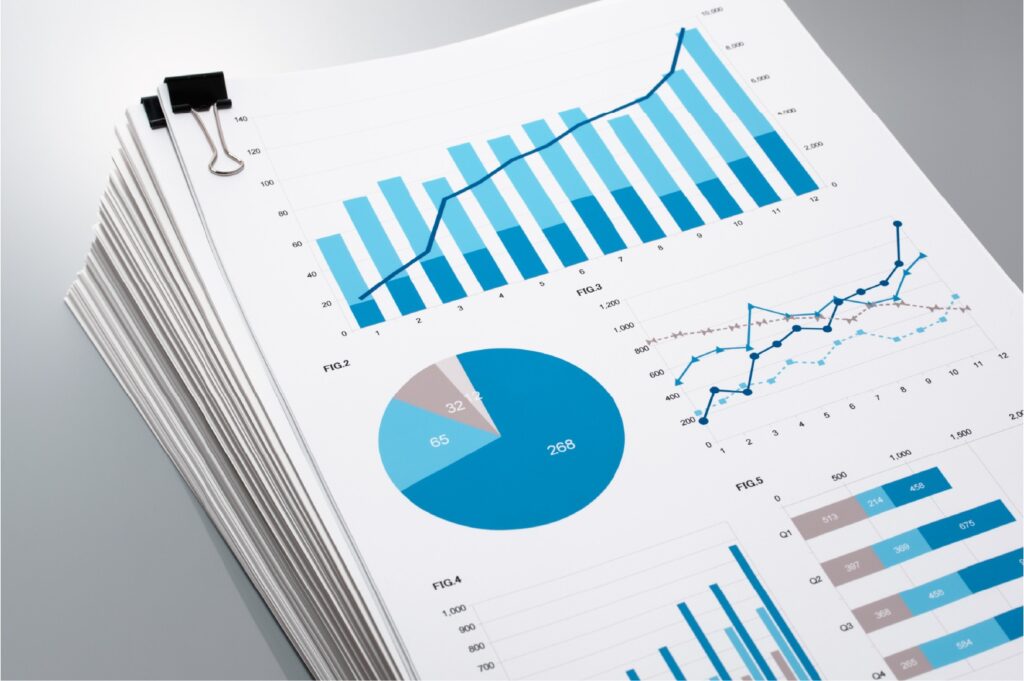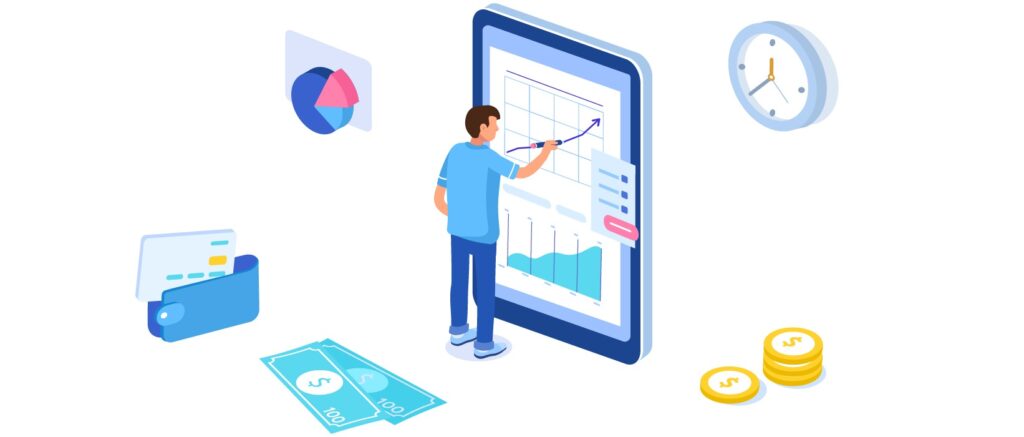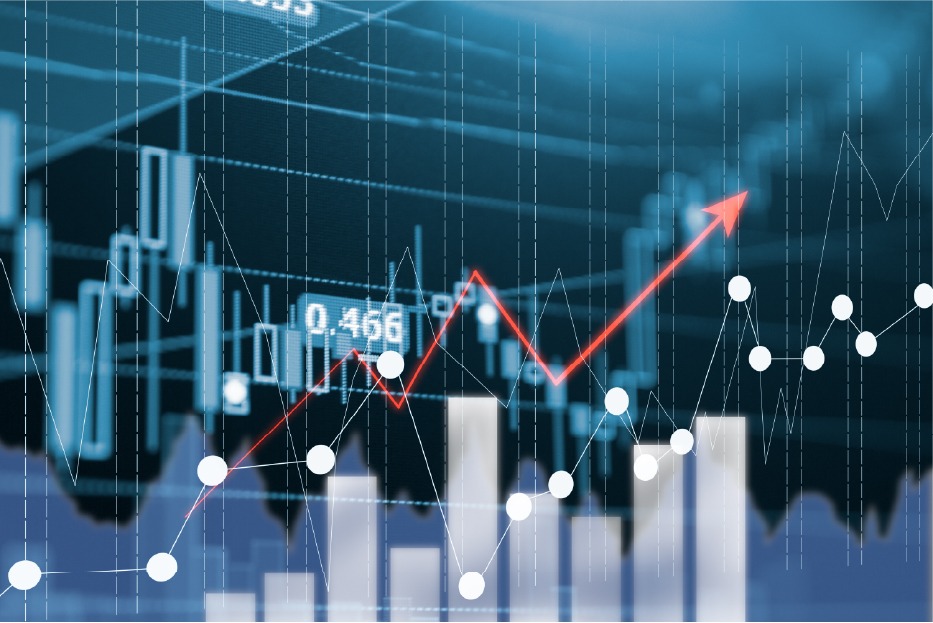Much has transpired since Hurricanes Irma and Maria swept through Puerto Rico 18 months ago resulting in over $80 billion in damages and more than $25 billion in lost output, decimating the Island's vulnerable electric grid and other critical infrastructure systems, disrupting normal economic and social life, and inducing tens of thousands of Puerto Ricans to flee the Island. While the progress made should not be understated, given the noble, and at times heroic, work of those individuals and organizations (public and private) committed to the Island's recovery and reconstruction, the pace of the process has been painstakingly slow and the impact of the incoming Federal funds on the local economy has been limited. Many saw the billions of dollars in post-disaster relief funds flowing into the Island as a silver lining and as a source of a much-needed boost in economic activity. However, the pace of disbursements has been slow and, consequently, the impact on the local economy has been limited thus far. Furthermore, as commonly occurs in post-disaster efforts, nonlocal entities, mostly US mainland contractors, have greatly benefited from the inflow of billions of dollars for disaster recovery and reconstruction, while local contractors have been awarded a small fraction of contracts.







